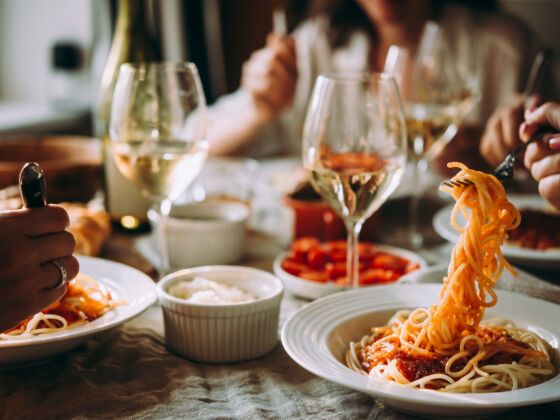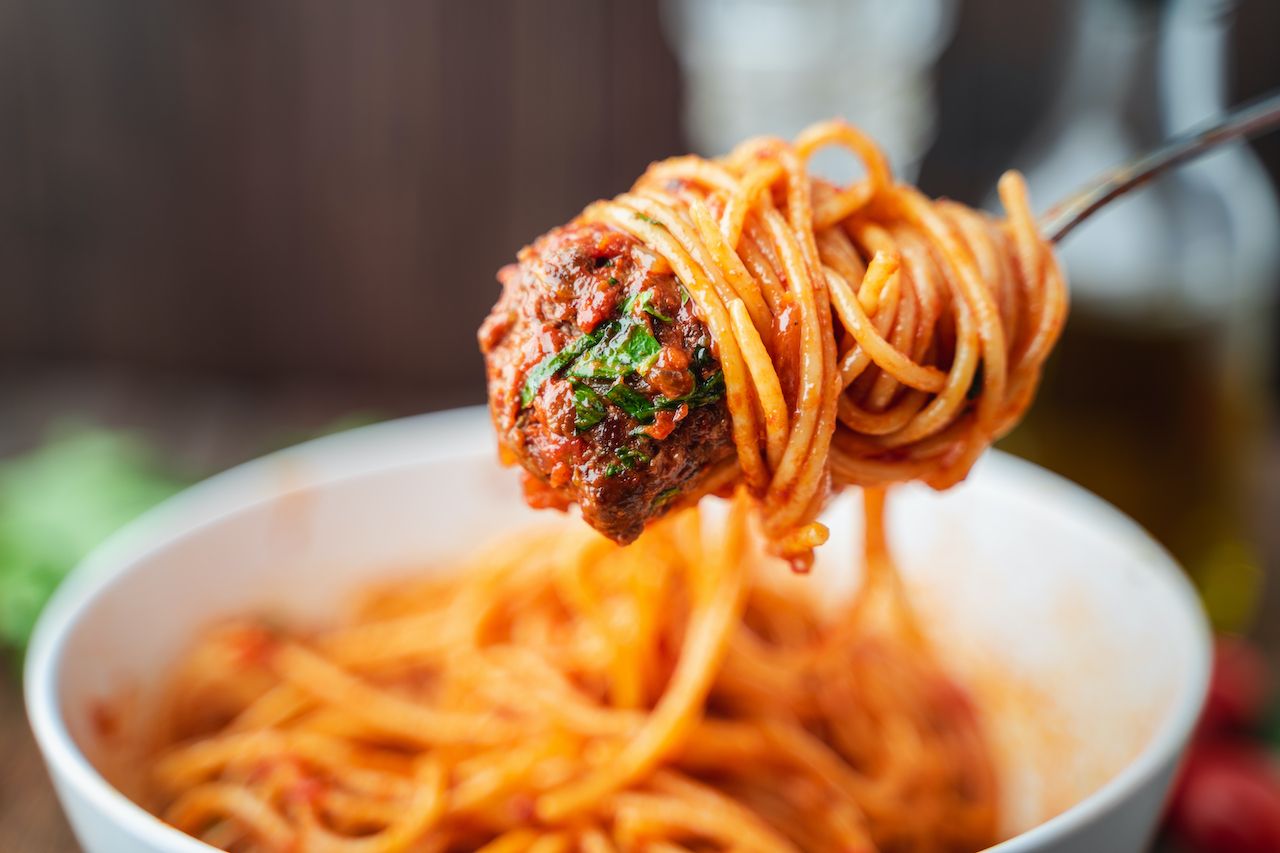“Buon appetito,” the server said as he set a steaming dish of tagliatelle ai porcini, in English, tagliatelle with porcini mushrooms, atop the flowered tablecloth in front of me.
“Grazie,” I said, reaching for a metal dish of Parmesan cheese. The waiter’s pleased expression morphed into one of alarm.
“Signorina, non si puo!” he exclaimed, or “Miss, you can’t do that!” He seemed to break into a light sweat.


